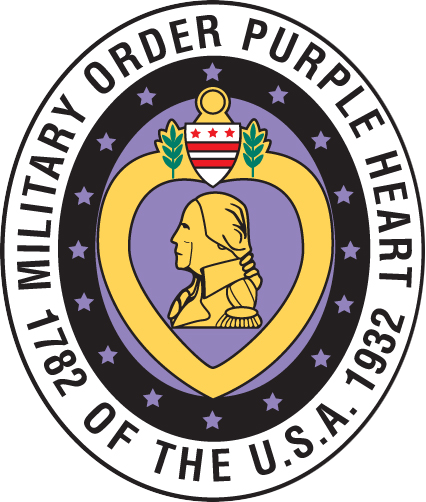Harry Daves, Jr. was born in 1923 in San Bernardino, California. His family moved to Pelly, Texas (now known as Baytown) when he was a child. He attended school at Robert E. Lee High School in Baytown and tried to enlist when Pearl Harbor was attacked. He was underage at the time and his father refused to give his consent. When the Cruiser, Houston, was sunk off the Java coast in early 1942, Harrys father relented and he immediately signed up and went into the Navy. .
After basic training, diesel engine school and gunners training, Harry Daves, Jr. reported to Philadelphia, Pennsylvania where he was assigned to LCI 48 upon its commissioning in February 1943. The LCIs (Landing Craft, Infantry) were the smallest ships in the U.S. Navy, only 158 feet long, but; they were ocean-going vessels and veteran LCI men today still claim they should have been designated LSI instead of Landing Craft.
LCI 48 was part of an Allied armada of 2,590 vessels that launched one of the largest combined operations of WWII, the invasion on Sicily beginning on the night of 9-10 July 1943. LCI 48 began putting troops ashore on the landing beach at Gela and continued operations there for an extended period moving troops from larger ships to the beach and performing various other missions. Harry was the gunner on 20mm gun number three, the gun mount on the starboard stern, and he had a lot of action at Gela. The Luftwaffe sent in many air raids, in daylight hours as well as night attacks. Harry still sadly remembers one very tragic incident sixty years after the fact. On the 11th, German air raids had come one right after the other all day long. Enemy planes were in the air as it was getting dark and the Germans had started putting flares in the sky, when American troop carrier aircraft loaded with paratroopers came in flying low directly over the ships and the landing beach. The force at Gela had not been warned about the parachute drop and in the gathering darkness the troop carriers were mistaken for enemy aircraft. Gunners on the ships and on the beaches, including Harry, fired on the troop carriers. Official reports later were that ten percent of the paratroopers were casualties, but the distraught gunners thought it was much worse at the time it happened.
Harry Daves, Jr. was wounded on July 16th. Harry was firing at an attacking aircraft when bomb fragments damaged the hull of the vessel and struck him in the left hand. He was the only man hit among the crew. The little LCI did not have a pharmacist mate and there was no medical record forwarded to report his wound following the action. Affidavits from the ships captain and fellow crewmen, taken decades later, finally resulted in Harrys award of the Purple Heart in 1996. Senator Kay Bailey Hutchison presented the decoration to Harry in a ceremony in Wallisville, Texas in February 1997.
Elsie Item 48 was subjected to multiple air raids and targeted by fire from shore batteries during the subsequent invasion landings that it participated in. They were in action at Salerno, Anzio, Elba and the invasion of Southern France; but throughout, Motorman Machinist Mate Second Class Harry Daves, Jr. would go down in history as the only combat wounded member of ships crew. Along with most of the other landing craft, LCI 48 was decommissioned in the European Theatre in 1944. Harry was returned to the United States in October 1944 and was stationed at Brooklyn, New York until the war ended.
Harry Daves, Jr. was discharged at Camp Wallace, Texas, October 4, 1945 and returned home to Baytown. He went to work for Humble Oil & Refining and then in 1946, married Jeffie Herron. Together they established a ranch near Dayton in 1950 where they engaged in cattle and timber production. Harry has been a member of Chapter 1919, Military Order of the Purple Heart since May 2000.
Harry G. Daves, Jr. provided this Purple Heart story for publication in the July-August 2000 issue of PATRIOT BULLETIN. Harry passed away in July 2008.

